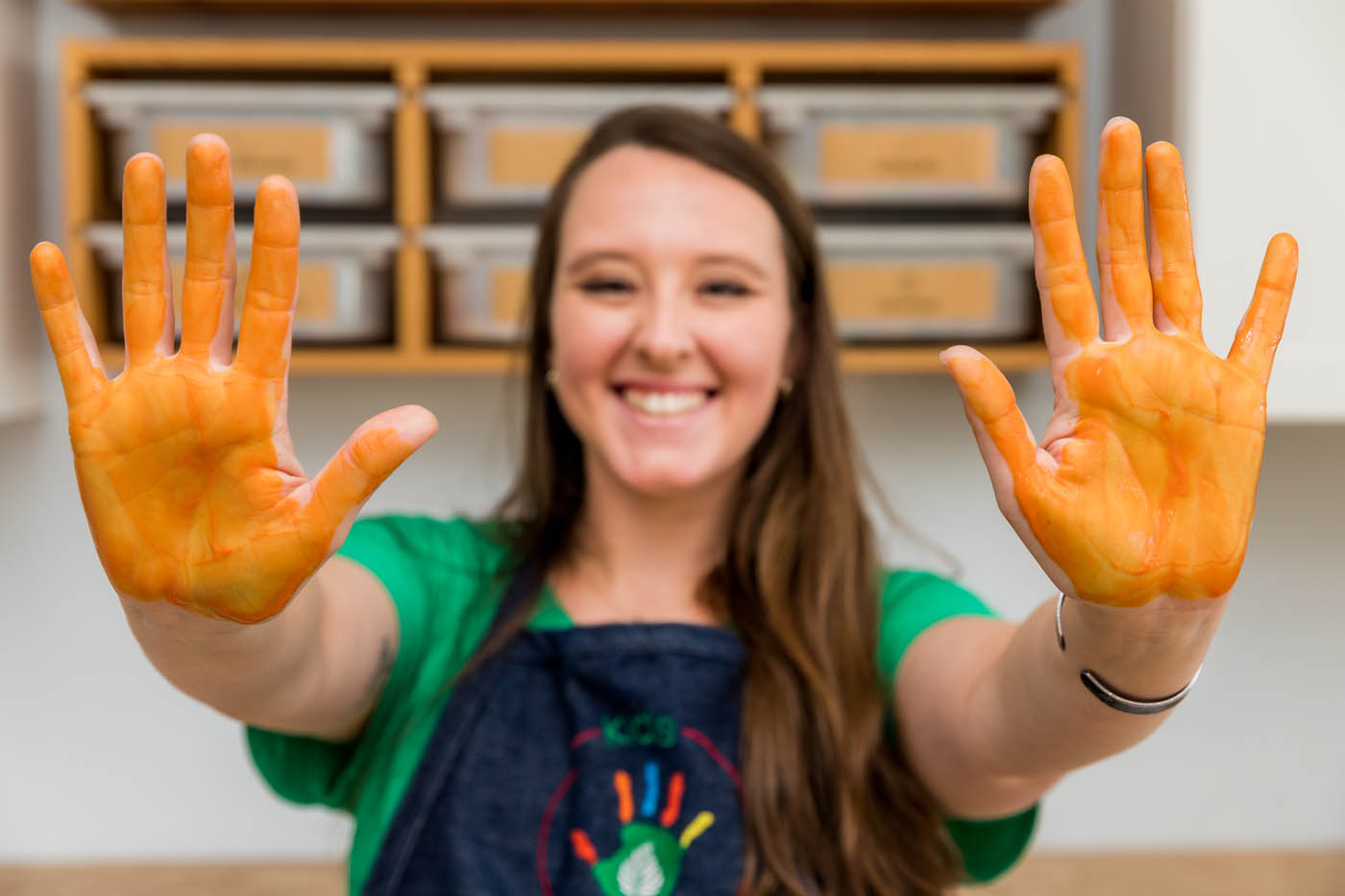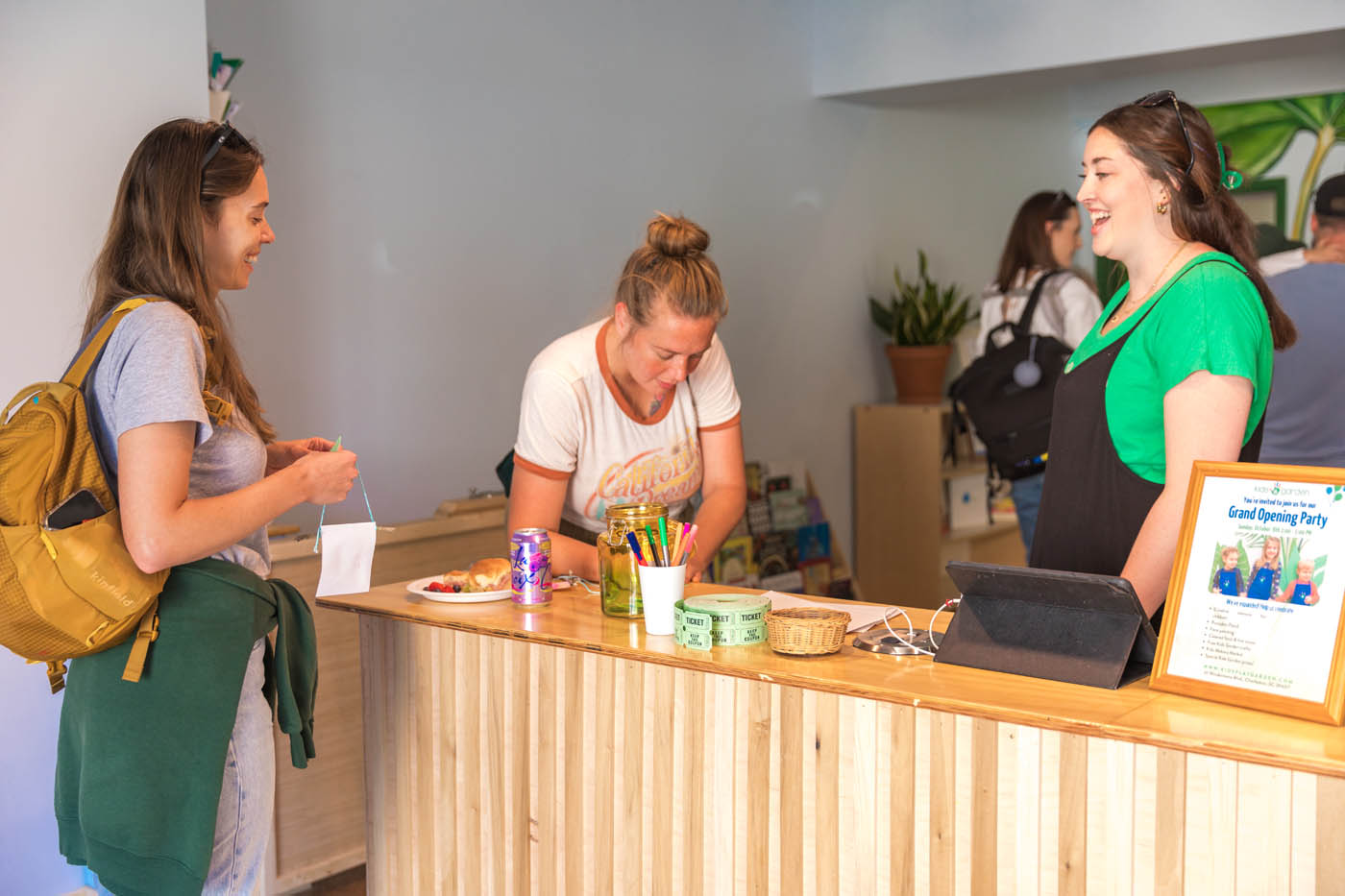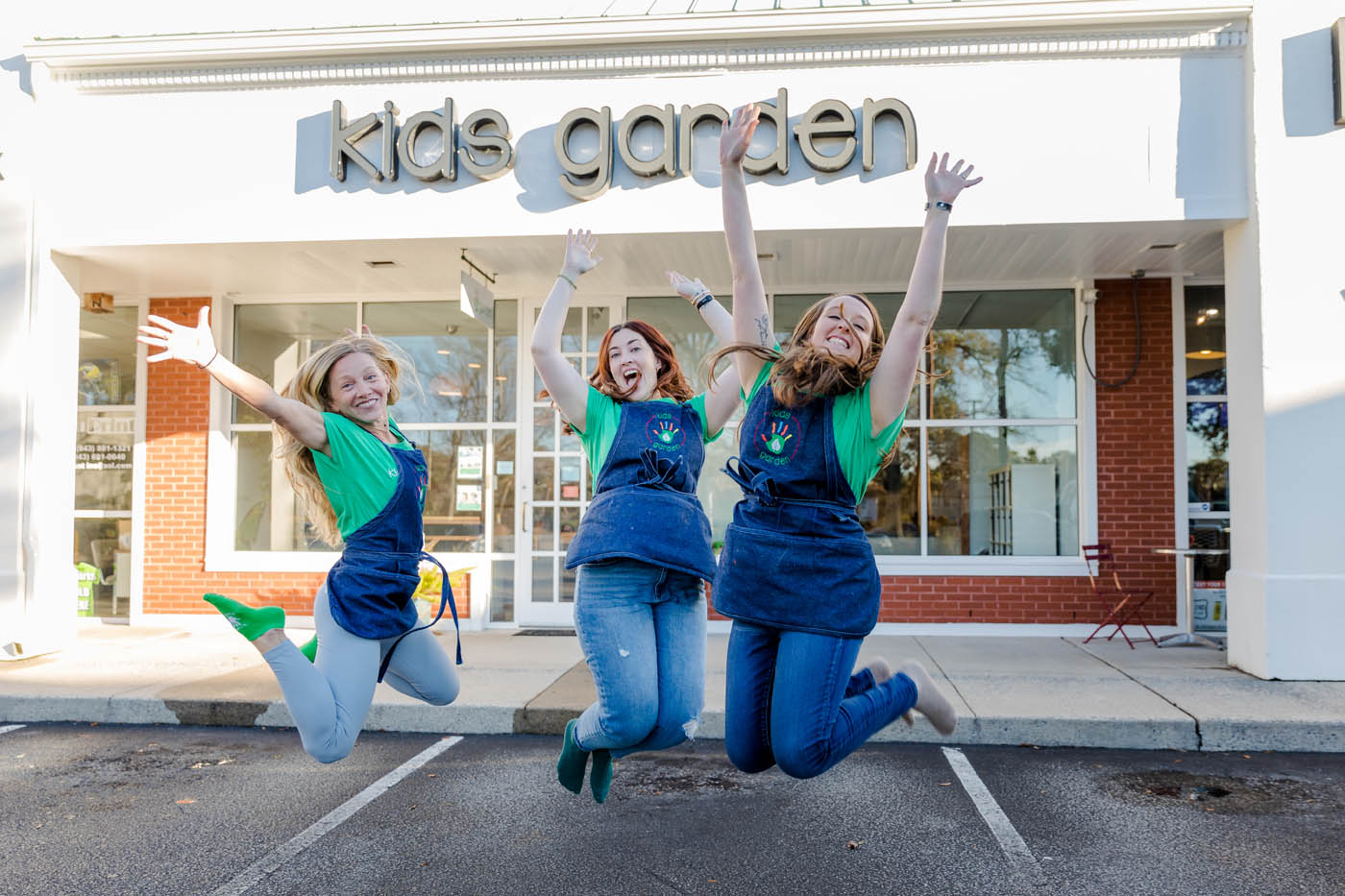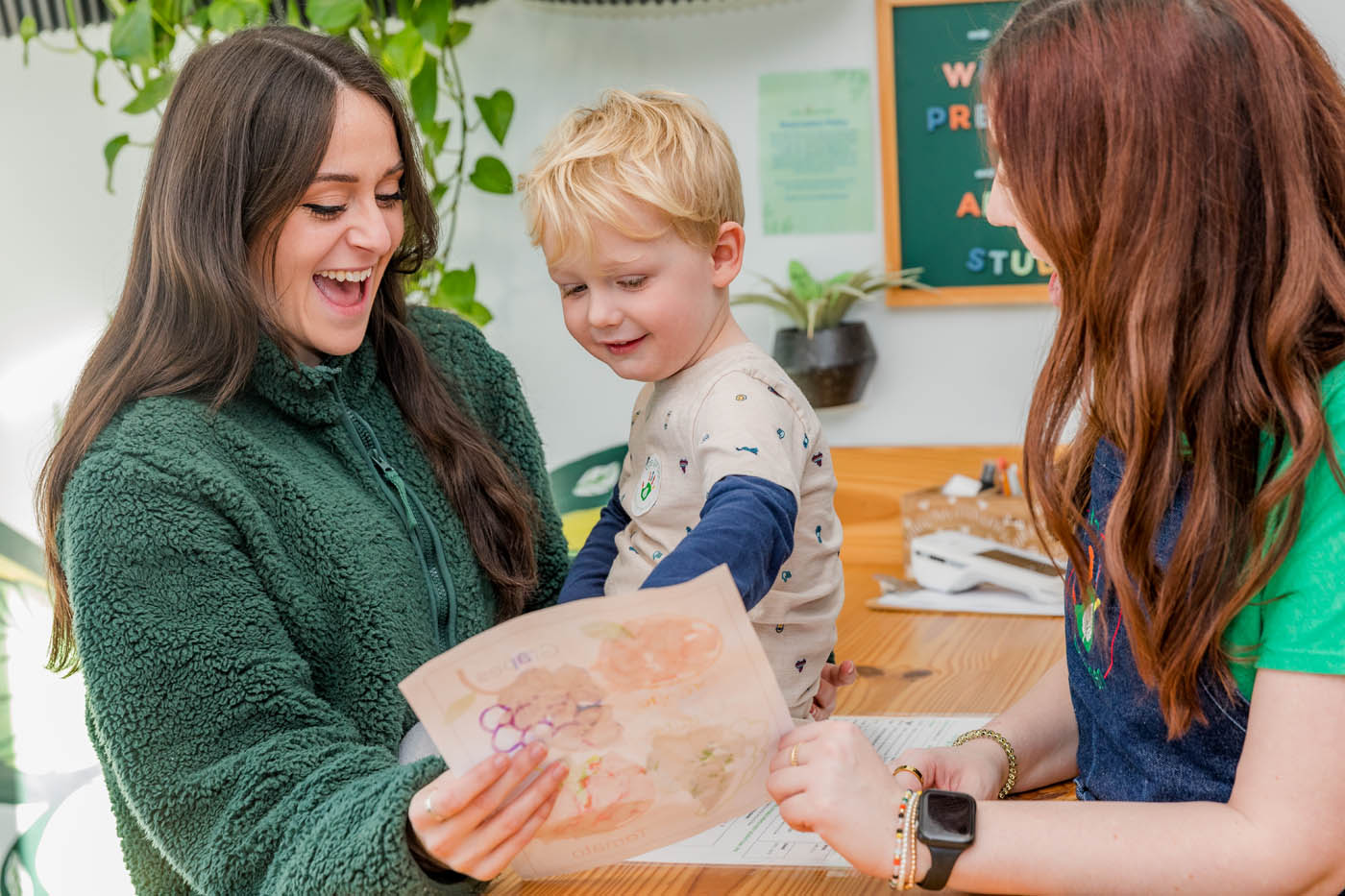Mar 12th, 2024 How to Help Your Child's Separation Anxiety in Columbia, SC
Understand and manage separation anxiety, with expert insights and practical strategies from Kids Garden to help both you and your child navigate this challenging phase. Join us as we explore how to transform tearful goodbyes into confident waves.
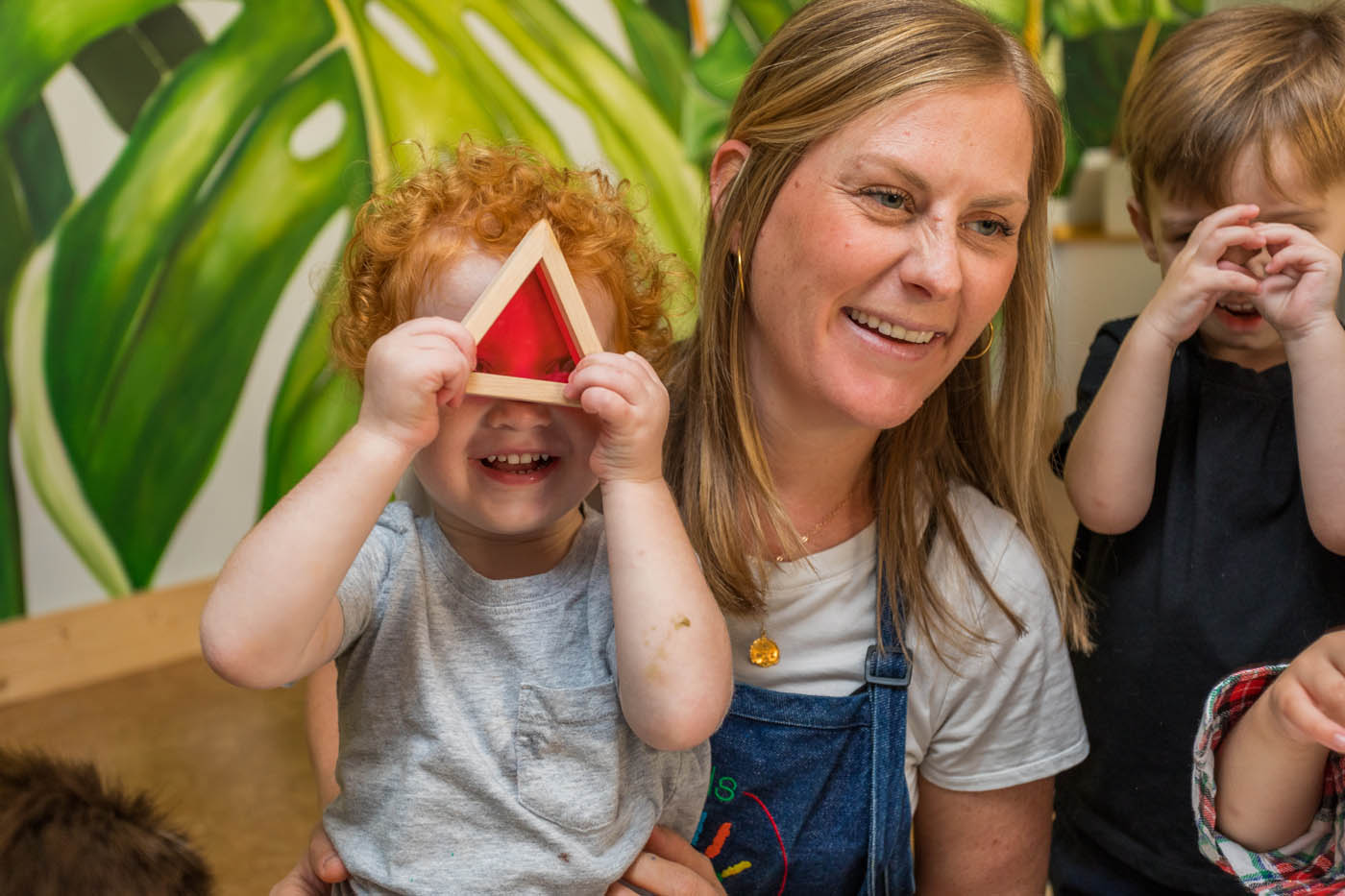
Help! Separation Anxiety!
As another semester of school looms over us, parents who are sending their children to preschool for the first time may be concerned about separation anxiety. We’ve all heard the stories - crying at drop-off (child and parents!), clinging to the car door, full-blown laying on the ground kicking and screaming. It’s a lot! First things first, remember that separation anxiety is a common part of a child’s development and can even occur in older children who are placed in new and unfamiliar environments. Even if the anxiety seems irrational it’s important to remember it’s very real and valid for your child, so handling this situation with empathy is key.
What is Separation Anxiety
According to Pediatric psychologist Babara Bentley –who’s also a clinical associate professor of developmental health and behavioral practices at Stanford Medicine Children’s Health– “our brains associate ‘novel’ with ‘dangerous.” By managing separation anxiety effectively, parents can build children’s confidence in their ability to move from their comfort zone toward new challenges and growth.
Techniques should be tailored to the child’s age, and parents should acknowledge the child’s feelings about new situations without adding to his or her fears, Dr. Bentley said. “It works better when a parent says to a child, ‘This is new and I know you can do it,’ rather than ‘Oh my gosh, this is really scary.’”
For toddlers and preschoolers, routine is key. Parents should work with their care provider to establish a daily routine in which drop-off is quick. “The more you linger, the more it tells the child it’s not safe to separate,” Dr. Bentley said.
How to Ease Separation Anxiety
Fortunately, there are ways to lessen anxiety and prepare children for school or other programs where they will be away from home and you for the very first time. Here are our top five tips to make saying, “see you soon!” a little easier for everyone:
- Develop a calm morning routine
- Ensure school is a safe place
- Adapt the environment
- Emily is allowed to arrive in the classroom five minutes before her classmates so she can settle in before the room becomes noisy
- Jaden sits right next to his teacher so she can read his body language and support him if he feels anxious
- Spencer gets a few minutes each morning where his teacher talks through exactly what will be happening today
- Have your child assigned a special role
- Use a transitional object
Okay, so calm and mornings can feel like they don’t go together but with a little planning, you and your child can start the day a lot more calmly, and a calm child is a confident child. Some things you can do to make mornings a little easier is prep and lay out clothes the night before, pack lunch boxes, snacks, and backpacks the night before, and use colorful visuals such as charts or posters to help keep them on track in the mornings and know what to expect next in their morning routine.
Make sure your child’s emotional needs are being met. There must be nurturing adults within the setting who can tune in to your child’s specific emotional needs and meet those needs. Having a teacher or caregiver willing to check in with a child’s emotional well-being and spending a few minutes before the start of the day letting the child know what activities they are going to take part in that day can do a lot to help quell anxiety.
Talk to your child’s school or caregiver about what can be adapted to the environment to help your child feel emotionally safe. Here are some examples:
From helping with the class project to helping out another classmate to having a special classroom job, if kids have a special role in the classroom it can help give them something to look forward to or a sense of control, and can help kids actually look forward to starting their day away from home.
A transitional item –often called a comfort object– is any item that brings your child emotional comfort, especially in new situations or unfamiliar environments. This could be a blanket, favorite toy, stuffed animal, etc. To ease separation anxiety in particular, it can be helpful if the transitional object reminds your child of their family and parents. A photo, hair scrunchie, bracelet, etc. are great ways for your child to feel connected to mom and/or dad while they’re away. Make sure that the object is approved by the teacher or caregiver prior to allowing your child to bring it with them and make sure it won’t be disruptive. Give the item to them when you drop them off in the mornings, and remind them of the time you’ll be back to pick them up.
Separation anxiety is a normal part of childhood and something that most parents will experience at some point in time. It can feel really stressful but with these tips, you can confidently send your child to school or a class with less anxiety and fear and set kids up for a positive experience.

